Combat ships. Cruisers. And what was it all for?
Yes, you guessed it. Kitakami.
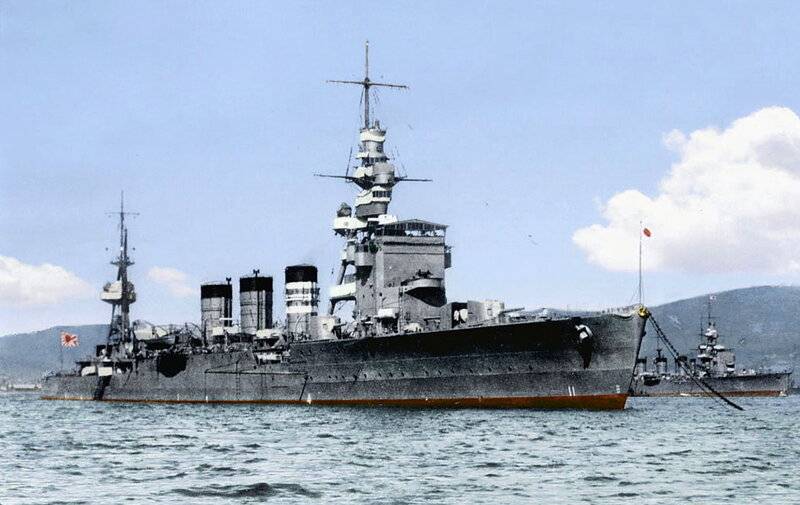
The motto of this ship could be the slogan "I live in an era of global changes!" Fairly, by the way.
The fact that the Japanese were very tough guys, even capable of attaching floats to a hellish penguin and attaching a torpedo is a fact. And all the time their experiments, personally, I just aroused awe, because in reality, well, there was nothing sacred for them.
One dubious conversion of battleships into aircraft carriers is worth something. And I'm not talking about "Shinano", everything was more or less decently decorated there. This is in the direction of "Hyuga" and "Ise", which ceased to be battleships, but could not be aircraft carriers.
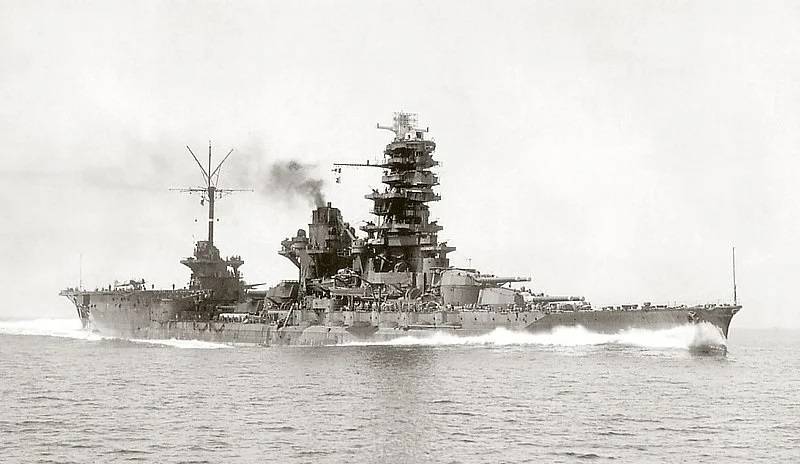
Well, roughly, like our "Admiral Kuznetsov", neither an aircraft carrier nor a cruiser. So these were "unknown animals", if in a fabulous way.
Are cruisers made of other metal? Why can't you make fun of cruisers? Easy. If Mikado orders, what will the samurai answer? Whoa ... From the battle cruiser "Akagi" it turned out quite a normal aircraft carrier. There were projects to convert the heavy cruisers "Aoba" into something aircraft-carrying, and this process has come down to light cruisers.
Kitakami was very lucky. They decided not to turn it into an airplane. But this does not mean that everything was fine. I would say that on the contrary, over any ship in the Japanese imperial navy (and, therefore, in the whole world) were not so bullied.
History We will leave aside the appearance of the Kuma-class cruisers (link), in fact, the Kuma-class was supposed to counterbalance the American Omaha-class cruisers. It was a very difficult task, because initially the cruiser was badly nailed in the project.
"Kuma" could hardly oppose something to "Omaha", since the "Kuma" out of seven guns on the bow or stern could only shoot three, and six guns took part in the side salvo. Omaha didn't have much, but better. Six guns could be fired at the bow and stern, the side salvo - eight of the twelve guns.
In general, according to the project, the Kuma initially had a displacement of 3 tons and 500 4-mm guns ...
Realizing that the under-leader / re-destroyer is not needed by the imperial fleet, it is just the Americans who need it, who will hone their shooting skills on it, the Japanese began to remake the Kuma.
Alteration first
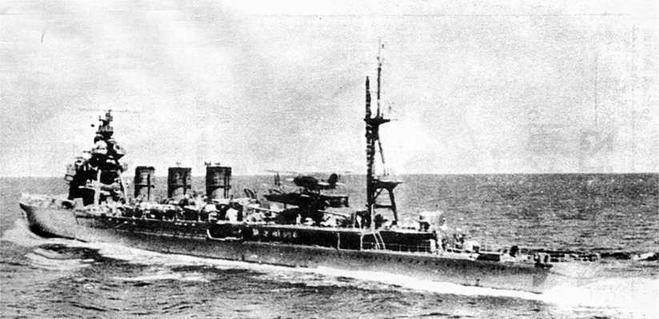
The guns have become 7. Already better. The cruising range was increased from 6 to 000 miles. The power of the cars was also almost doubled, from 9 to 000 thousand hp. As a result, the total displacement jumped from 50 to 90 tons. The speed also decreased, from 4 to 900 knots, but now it is not so critical. Kitakami could no longer lead the destroyers, but this was not in his main duties either.
Moreover, I had to save on everything again. Even the guns were placed in semi-towers, that is, in towers without a rear wall. Moreover, the thickness of the walls was as much as 20 millimeters, so we can say that the gun servants had no protection at all.
But following the new concept of torpedo ships, instead of two three-tube torpedo tubes of 533-mm caliber, they installed four two-tube torpedo tubes on the Kitakami. Yes, I had to put it on board, but the angles of launching the torpedoes were very convenient. Better than Omaha.
In general, the ship "got fat", it became more like a cruiser, but the traits of a destroyer leader still remained: weak armor, which could protect against destroyer shells (120-127 mm) at long (40-50 cable) distances, and from shells of real light cruisers (152-mm) even at great distances.
The artillery was well reinforced, as was the torpedo armament. So it turned out to be something between a normal light cruiser and a destroyer leader. Cruiser Scout, but not very fast. In general, it turned out so-so. A very light cruiser that could only fight destroyers and destroyers.
Anti-aircraft weapons were also weak. Two 76 mm universal guns and two 6,5 mm machine guns. So, taking this opportunity, 13,2 mm machine guns and 25 mm coaxial anti-aircraft guns were installed instead.
Having built a bunch of ships (14 pieces) of the "Kuma", "Nagara" and "Sendai" types, the Japanese calmed down a little, and took up the destroyers and heavy cruisers. Light cruisers of all types were gradually becoming obsolete, and therefore were partially withdrawn to the reserve.
By that time, destroyers with "long spears" and 610-mm torpedoes began to play the role of the main strike force. The tactics of the entire fleet were even changed for these ships and torpedoes. The ideal night battle, which was practiced by the Japanese, looked like this in their view: stealth ships approached the enemy and fired a jamb of torpedoes from a short distance of 30-50 cables. Proceeding from the fact that at least some amount will fall.
Then the ships would approach the damaged enemy and simply finish him off, either with artillery or by reloading torpedo tubes.
By the way, the Japanese fully demonstrated something like this in the battle at Savo Island and in the battle in the Java Sea, which cost the allies a large number of lost ships.
To implement this concept, ships were required that would be armed with a large number of torpedo tubes.
And someone in the naval ministry came up with the idea of converting a number of outdated light cruisers into torpedo ships. It was decided to remove the 140-mm guns, to protect against aircraft and minor troubles, to install universal 127-mm guns, two twin mounts on the bow and stern.
And the entire space between the forecastle and the aft superstructure was occupied by eleven four-tube 610-mm torpedo tubes. Five vehicles on each side and one in the center plane. That is, the Kitakami could fire 24 torpedoes on board in the maximum salvo, and 20 torpedoes on the other side.
The project was creepy. Considering that three cruisers, Kitakami, Ooi and Kiso wanted to remake, it would have turned out to be a very promising division capable of sowing the sea around it with 132 610-mm torpedoes in a short time.
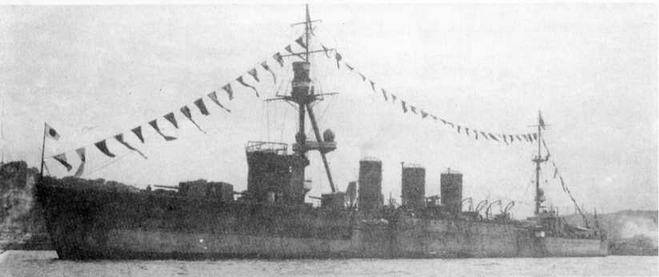
Here it would be possible and not to bother recharging. Any enemy would have had no time for anything after such a volley.
However, the project “didn’t play”.
To begin with, it turned out that the country has an open shortage of both torpedo tubes and 127-mm guns, and the shortage is so serious that there can be no talk at all about re-equipping three ships. Two - still back and forth, but three - in no way. And the shipyards are fully loaded.
But nevertheless, all the same, opportunities were found.
The second alteration. 1941 year
Two ships, Kitakami and Ooi, began to be converted into "torpedo cruisers."
True, they could not find free 127-mm guns, they left four 140-mm guns in the bow. Torpedo tubes also had to be installed not 11, as originally planned, but "only" 10.
But in order to accommodate such a breakthrough of torpedo tubes and torpedoes for them, the deck had to be expanded by 3,3 meters. On both sides, something like sponsons were arranged, which stretched 75 meters from the edge of the forecastle to the stern. Sponsons hung a little over the water. They housed torpedo tubes, the support bollards of which rested on the sides. A rail torpedo feed system for reloading was installed between the vehicles and superstructures. The cruiser had the ability to quickly reload torpedo tubes at sea.
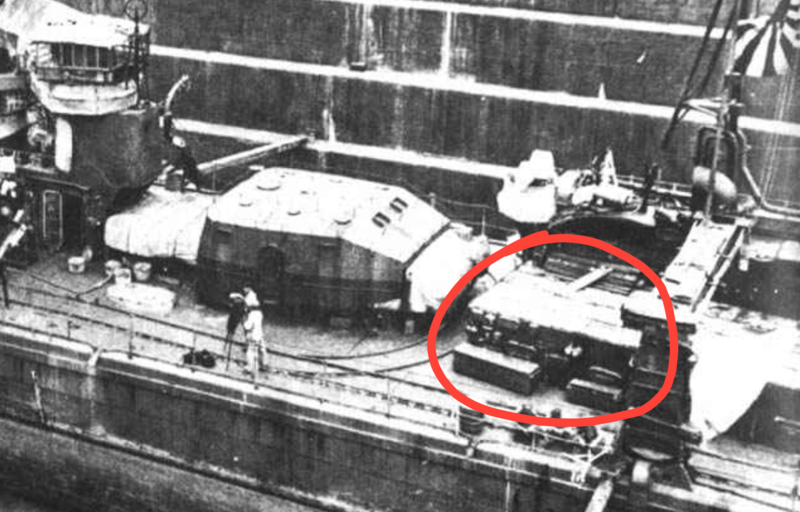
The stern superstructure was considerably expanded and a warehouse for spare torpedoes was equipped there.
To control the fire, a new Type 92 artillery fire control system was installed with a six-meter rangefinder of a new design, and the old Type 91 system and a four-meter rangefinder were given for firing torpedoes.
However, the expansion of the deck and the installation of 10 torpedo tubes greatly affected the weight distribution of the ship, significantly increasing the overhead weight. I had to lighten the ship to the maximum on deck. The crane for the seaplane and the catapult were removed, observation posts were removed from the masts. However, the standard displacement still increased to 5 tons.
And in this form "Kitakami" and "Ooi" went to fight. Both ships became part of the 9th cruiser division of the First Fleet, "Kitakami" became the flagship of Rear Admiral Fukudai.
True, the fighting did not go well. From December 1941 to May 1942, the cruisers took part in escorting two convoys to the Pescador Islands.
On May 29, 1942, both cruisers in the Main Force of Admiral Yamamoto participated in the Battle of Midway. True, instead of torpedo attacks, the cruisers were engaged in anti-submarine protection of the battleship column.
And halfway to Midway, Kitakami and Ooi went to the Aleutian Islands in general, participating in an operation to divert American forces from Midway. In general, the islands of Kiska and Attu were captured, but this did not affect the Battle of Midway. The Americans, conducting their operation, ignored the capture of the Aleuts and defeated the Japanese forces at Midway, while the Aleutian detachment was engaged in blatant idleness near the Aleutian Islands.
It so happened that the torpedo cruisers did not fire a single torpedo launch towards the enemy. And while "Kitakami" cut near the Aleutian Islands, the General Staff recognized the idea of torpedo cruisers as unsuccessful.
It is not entirely clear why Yamamoto sentenced the torpedo cruisers without giving them a single chance of victory. But the fact is that it was Yamamoto himself who recommended in his report to the imperial headquarters something to do with these ships.
And both torpedo cruisers went to the arsenal in Yokosuka ...
The third alteration. June 1942
The main headquarters of the fleet decided to make amphibious ships out of torpedo cruisers. In June 1942, the cruisers lost some of their weapons. Two bow 140-mm guns were left, two were removed. Of the 10 torpedo tubes, 4 were removed, which were in the stern. But the remaining 24 torpedo tubes were also a significant force. And the anti-aircraft armament was strengthened by adding three built-in 25-mm anti-aircraft guns. The number of 25-mm barrels reached thirteen, but this was still frankly not enough for a successful defense against aircraft.
Instead of four aft torpedo tubes, places were equipped for two Daihatsu landing boats, and in the former torpedo warehouse, rooms for paratroopers were equipped. Now "Kitakami" could take on board up to 500 people with weapons and up to 250 tons of various cargo.
The alteration was completed in November 1942, and then the ships were ready to start working in a new guise. In general, all this was quite a promising business, since the Japanese already had experience converting Minekadze-class destroyers into amphibious transports. But the destroyers could not transfer heavy equipment, but the former cruiser with an extended deck was perfect for this.
The only thing that hindered the Japanese was the American aviation, which gradually began to seize air superiority and complicate the delivery of goods to the Japanese.
From October 1942 to March 1943, Kitakami and Ooi were engaged in the transport of troops from the Philippines to the islands of Vewak or Rabaul, less often - Shortland. Then the cruisers worked in the former Dutch territories on the islands of the Indian Ocean.
On one such voyage, on January 27, 1944, the Kitakami was attacked by an American submarine, Templar, 110 miles from Penang. The Americans fired six torpedoes at the Kitakami and hit with two. Both torpedoes fired at the engine room in the stern. The ship received 900 tons of water, 12 crew members were killed, but the crew defended the ship and brought it to Port Swattenham. After some repairs, the Kitakami went to Singapore for repairs, then to Manila, and the ship was being restored in Japan.
But "Ooi", who was left alone, was not lucky. The ship transported troops to Manila and Sorong from Singapore. On the way to Manila on July 19, 1944, he was attacked by the American submarine "Flesher", which fired 4 torpedoes at the ship.
Two torpedoes also hit the Ooi, like the Kitakami, but the result was somewhat different. The flared fuel started a very strong fire and the ship lost its speed. Two hours later, the Americans treated the Ooi with two more torpedoes, and that was the end of the Ooi's combat service. Two hours later, the ship sank completely and irrevocably.
The fourth alteration. January 1945
Since Kitakami is here in Japan, why not remake it again? So, probably, thought in the main headquarters of the imperial fleet. And converted into a carrier of human torpedoes "Kaiten".
All torpedo tubes were removed. The mounts for landing craft were also removed. Instead, special rails were installed in the stern of the Kitakami, along which the Kaiten man-torpedoes were to be dropped into the water.
With these simple devices, eight Kaiten torpedoes could be launched in 8 minutes. A 30-ton crane was installed on the second mast for lifting torpedoes on board.
The 140 mm guns were nevertheless replaced with two 127 mm twin universal mounts. One was installed in the bow, the second - on the stern superstructure.
On the bow superstructure and on the sides of the surviving sponsons, 56 barrels of anti-aircraft guns were installed - twelve triple, two paired and eighteen single.
Plus, Kitakami received two Type 13 anti-aircraft fire control radars, as well as a Type 22 model 4S surface detection and fire control radar. So Kitakami also became an air defense ship.
There was also a not very pleasant moment: American torpedoes smashed the aft engine room and during the repair the damaged mechanisms had to be dismantled. As a result, power dropped to 35 hp and speed to 000 knots.
"Kitakami" entered service after the alteration on January 21, 1945, became part of the special sabotage unit "Kaiten", but the cruiser did not have to use its weapons, although training in its use was actively carried out.
Twice, on March 19 and July 24, Kitakami was damaged by American air raids, but each time they were fairly light.
Kitakami was the only one of the 5-ton cruisers to survive until the end of the war, and surrendered to the Americans. In August 500, she was disarmed and until October was used as a repatriation ship, taking out Japanese settlers from Indochina. In October 1945, the ship was sent to Nagasaki for disassembly, which was completed in April 1946.
An interesting fate. A torpedo cruiser that fired no torpedoes. The carrier of torpedoes with kamikaze, who did not drop a single Kaiten. Very strange, but overall not bad.
You can express this idea: if the Japanese understood well what problems need to be solved in the first place, I think, such freaks as an undercruiser, under-transport, under-flight, and so on would hardly be born.
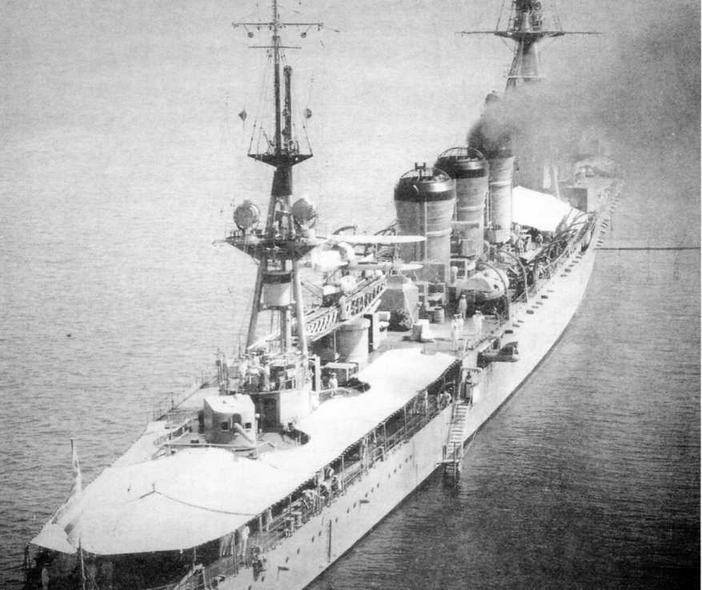
The problem for the Japanese was that they spent too many resources on the implementation of "raw" objects. And Kitakami is the best confirmation of this.
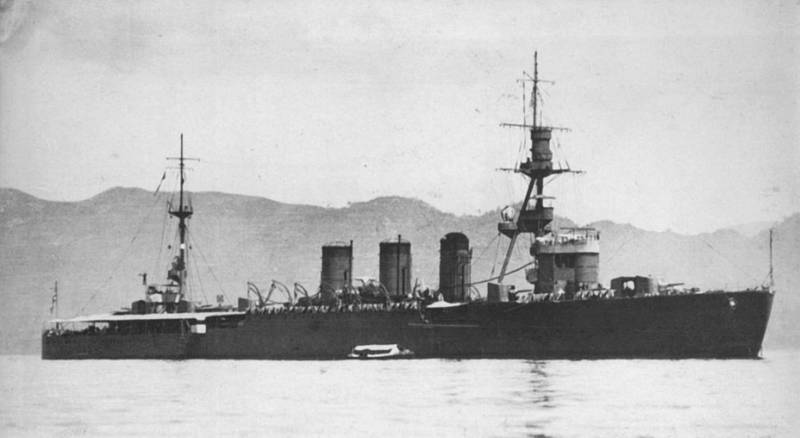
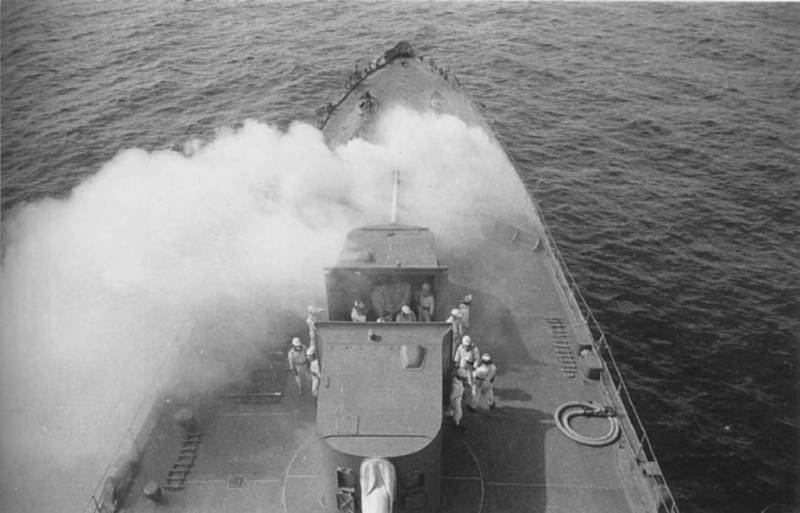
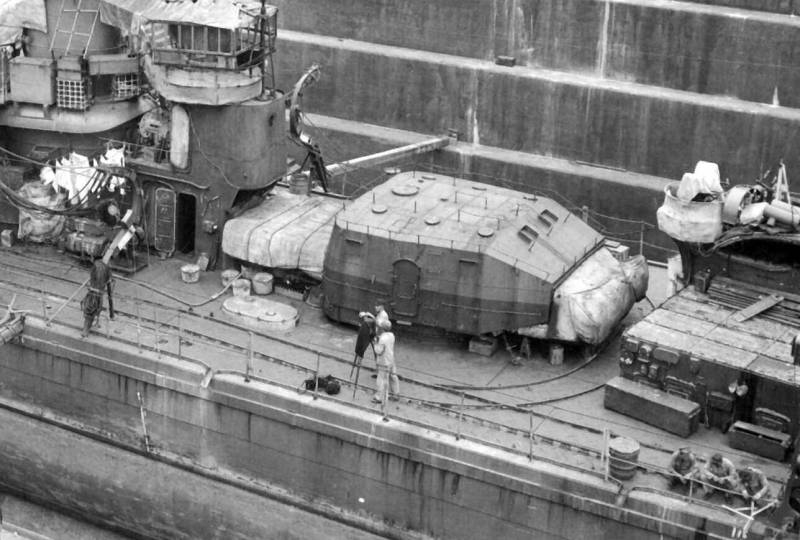
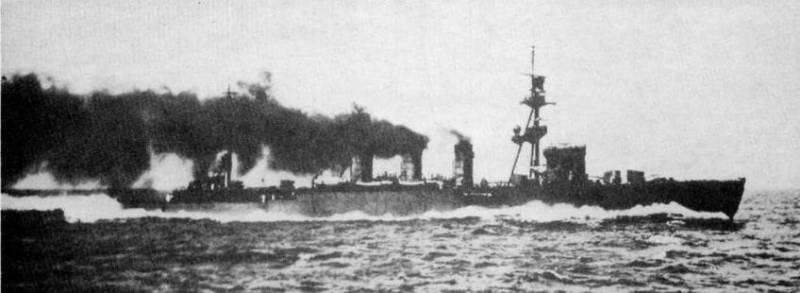
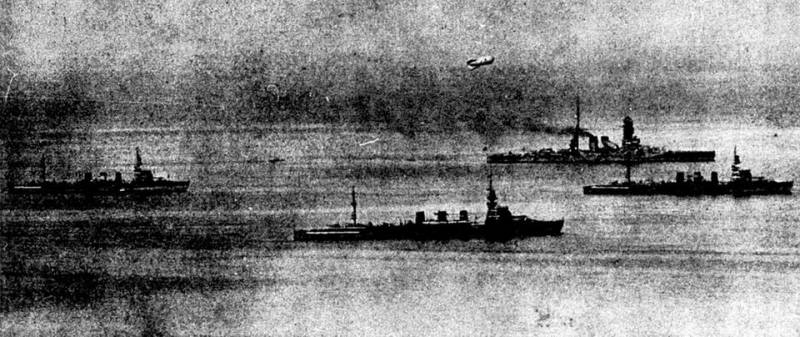
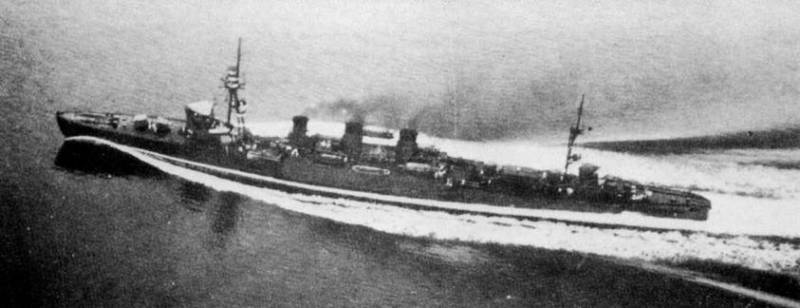
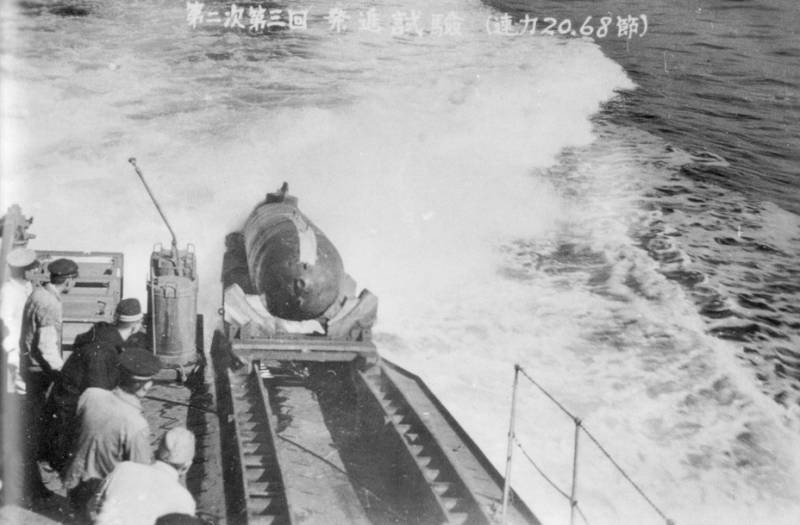
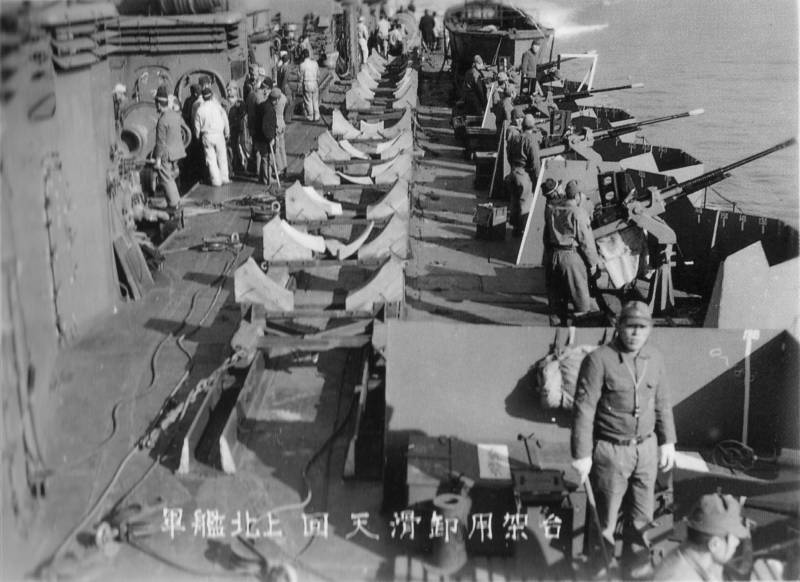
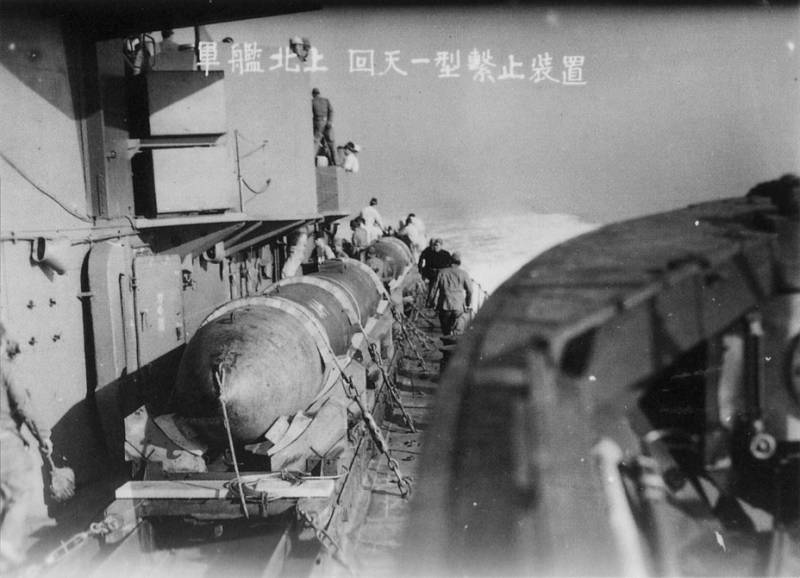
Information